As the days grow shorter and the temperatures plummet, many creatures seek refuge in the quiet embrace of hibernation, a biological strategy to endure the harsh winter months. However, in nature’s grand tapestry, there are remarkable beings that challenge this norm. They brave the cold, remaining active and alert throughout the winter, defying the instinctual call to slumber.
From fleet-footed mammals to feathered wonders and amphibious adventurers, this article sheds light on the awe-inspiring world of animals that choose to stay awake and active when snow blankets the landscape. Discover their secrets of survival and the fascinating strategies they employ to endure winter’s challenges, as we delve into the lives of these marvels that embrace the cold with open eyes. Join us on this journey into the world of Animals That Don’t Hibernate.
Table of Contents
Definition and Overview of Hibernation: Nature’s Slumbering Strategy
Hibernation, a marvel of nature, is a state of inactivity and metabolic depression in animals, characterized by significantly reduced body temperature, breathing rate, and heart rate. Typically observed in response to cold temperatures and limited food availability, hibernation allows animals to conserve energy during winter when resources are scarce.
This remarkable adaptation helps them endure harsh conditions by minimizing their energy expenditure and relying on stored body fat. Many mammals, such as bears, groundhogs, and certain species of bats, are renowned for their ability to hibernate, surviving months without food, water, or significant movement. However, in the vast tapestry of wildlife, some creatures have evolved alternative strategies, eschewing hibernation and staying active even in the coldest months.
List Of Animals That Don’t Hibernate
Humans (Homo sapiens):
Humans, a highly adaptive and resilient species, do not hibernate. Our bodies maintain a stable internal temperature through homeostasis, allowing us to endure various climates. Instead of hibernating, we utilize clothing, shelters, and modern amenities to mitigate the effects of extreme weather.
Our ability to regulate body temperature and access to food throughout the year eliminates the need for hibernation, enabling us to engage in activities, work, and social interactions consistently. We have evolved complex physiological and behavioral mechanisms to cope with changing seasons, ensuring our survival and comfort without entering a dormant state.
Elephants (Elephantidae):
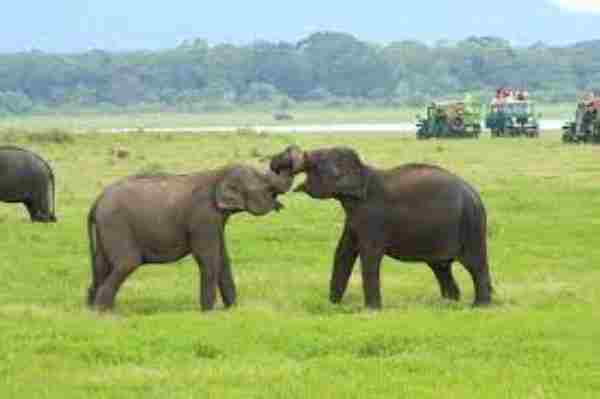
Elephants, as magnificent giants of the animal kingdom, do not hibernate. These social and intelligent creatures possess a large body mass and a high metabolic rate, necessitating a consistent intake of food and water. Elephants roam vast territories, foraging for vegetation and water sources year-round.
Their behavioral adaptations, such as migration in search of resources, enable them to thrive in diverse environments. Despite facing challenges like habitat loss and climate change, elephants remain active, displaying complex social behaviors, caring for their young, and contributing to the biodiversity and ecosystem health of their habitats.
Giraffes (Giraffa):
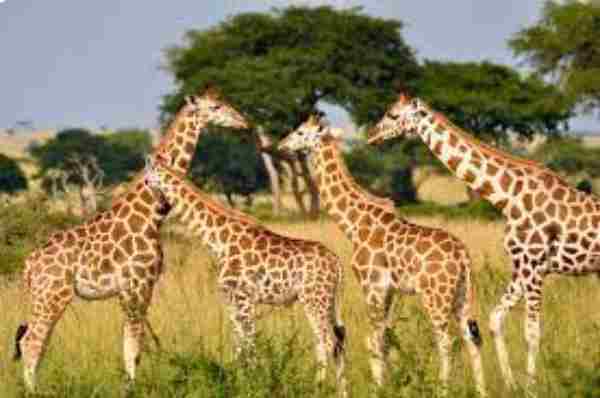
Giraffes, known for their towering necks and graceful demeanor, do not hibernate. These gentle herbivores inhabit the African savannas and woodlands, adapting to varying climates and seasonal changes. With their unique physique and physiology, giraffes continuously feed on leaves and twigs from tall trees, sustaining their energy needs.
They travel extensively in search of food and water, demonstrating a nomadic lifestyle. Giraffes, while dealing with threats like habitat loss and poaching, exhibit resilience in their behavior and interactions, contributing to the balance of their ecosystems. As magnificent and enigmatic creatures, giraffes capture our awe and remind us of the beauty and diversity present in the animal kingdom.
Birds (Aves):
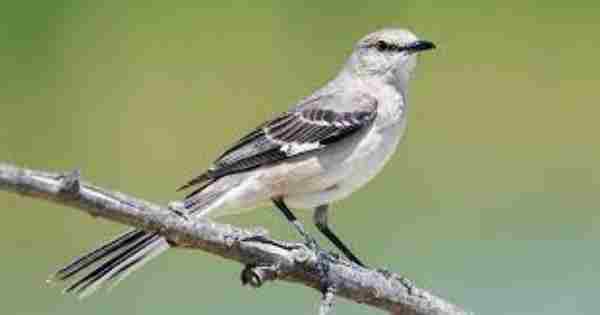
Birds, with their diverse species and habitats, are a remarkable group of animals that do not hibernate. Their adaptability to various climates and ecosystems is awe-inspiring. Birds possess efficient physiological mechanisms to regulate body temperature, enabling them to remain active throughout the year.
They exhibit behaviors like migration, seeking warmer regions or abundant food sources during colder seasons. Their ability to forage, communicate, build nests, and care for their offspring ensures their survival in changing environments. Whether soaring through the sky or perched in trees, birds exemplify the essence of freedom and resilience, enriching our world with their songs and vibrant plumage.
Fish (Pisces):

Fish, in their aquatic realm, do not hibernate but exhibit fascinating adaptations to cope with varying water temperatures. As ectothermic creatures, their metabolism and activity levels are influenced by their surroundings. In colder waters, some fish may slow down their movements and metabolism, conserving energy.
Others may migrate to warmer or deeper areas to maintain an optimal body temperature. While not hibernating, these strategies help fish endure changing seasons and thrive in oceans, rivers, and lakes. Fish, in their diverse forms and functions, contribute to the intricate balance of aquatic ecosystems, captivating us with their beauty and intriguing behaviors.
Reptiles (Reptilia):

Reptiles, a diverse group including snakes, lizards, turtles, and crocodiles, do not hibernate in the manner of mammals. Instead, they often experience periods of reduced activity, known as brumation or dormancy, during colder seasons. Reptiles are ectothermic, relying on external sources of heat to regulate their body temperature.
As temperatures drop, they may seek shelter, burrow into the ground, or sunbathe to maintain their metabolism. This adaptive strategy allows them to conserve energy and survive harsh conditions. Reptiles, with their scaly exteriors and remarkable evolutionary history, continue to thrive and contribute to ecosystems across a variety of landscapes, displaying the resilience of ancient life forms.
Amphibians (Amphibia):

Amphibians, a fascinating group that includes frogs, salamanders, and newts, do not hibernate in the traditional sense. They are ectothermic, meaning their body temperature is regulated by their environment. During colder months, amphibians may enter a state of dormancy, burrowing into mud or seeking shelter to conserve energy.
This period of reduced activity helps them survive the colder temperatures. As the weather warms, they become more active, returning to their aquatic habitats to breed and forage. Amphibians are vital indicators of environmental health, and their life cycle, transitioning from aquatic larvae to terrestrial adults, is a testament to their adaptability and resilience in ever-changing ecosystems.
Insects (Insecta):
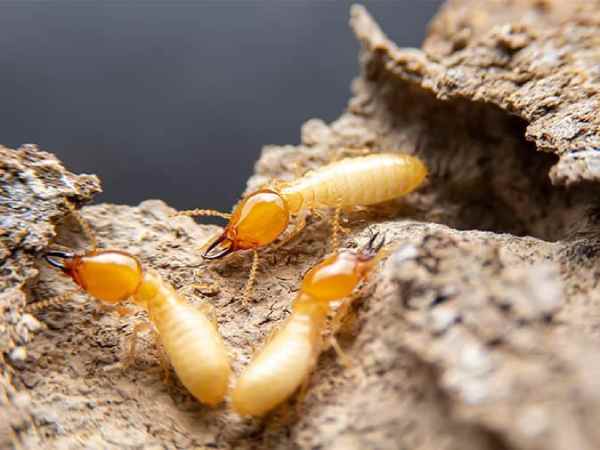
Insects, a diverse and numerous group of creatures, do not hibernate but instead employ various strategies to survive changing seasons. Many insects enter a state of diapause, a period of reduced metabolic activity, allowing them to endure harsh environmental conditions.
Some species migrate to more favorable climates, while others overwinter in specific life stages, such as eggs or pupae. Insects, with their incredible diversity and abundance, play crucial roles in pollination, nutrient cycling, and food webs. Their ability to adapt and persist in a multitude of habitats showcases the resilience and tenacity inherent in these remarkable creatures.
Marine Mammals (e.g., dolphins, whales, seals):
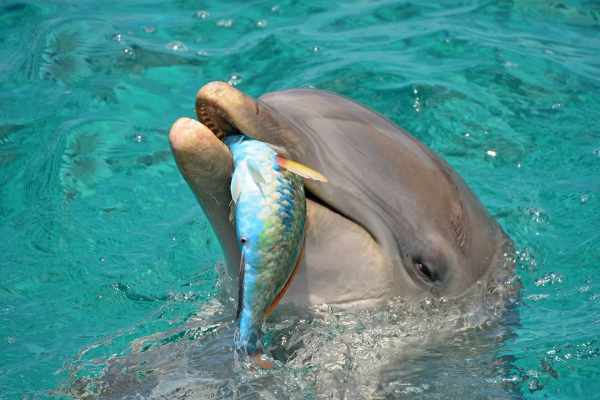
Marine mammals, ranging from playful dolphins to awe-inspiring whales and sleek seals, do not hibernate. Their lives are intricately tied to the oceans they inhabit, and they have evolved a range of adaptations to thrive in marine environments. Despite varying water temperatures, marine mammals maintain their activity levels, foraging for food and engaging in social behaviors.
Migration and movement across vast ocean expanses are common strategies, allowing them to follow food sources and find suitable breeding grounds. As sentient beings of the sea, these creatures exemplify the beauty and resilience of marine life, capturing our imaginations and emphasizing the need for conservation and stewardship of our oceans.
Most Primates (Primates):
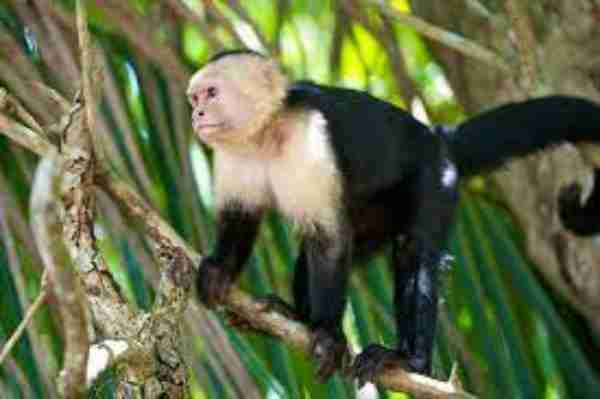
Primates, a diverse order of animals that includes humans, monkeys, and apes, do not hibernate. They possess complex behavioral, physiological, and social adaptations that enable them to thrive in a variety of habitats. With highly developed brains and social structures, primates are capable of adapting to seasonal changes, ensuring their survival and well-being.
While some species may experience shifts in activity levels or alter their diets based on environmental cues, they remain active and engaged in their surroundings. Primates, often characterized by their intelligence, communication skills, and expressive behaviors, enrich our understanding of the natural world and highlight the importance of biodiversity conservation.
Carnivores (e.g., lions, tigers, wolves):

Carnivores, the apex predators of various ecosystems, do not hibernate. They are active year-round, utilizing their keen senses, strength, and hunting abilities to procure food. Whether stalking prey across grasslands, forests, or tundra, carnivores play a crucial role in regulating prey populations, which in turn helps maintain ecosystem balance.
Their adaptability and prowess as hunters demonstrate the intricate relationships within food webs and the resilience of carnivorous species. As iconic and charismatic animals, they inspire awe and respect, embodying the wild spirit of nature.
Strategies for Year-Round Survival: Adapting to Winter’s Chill
In the animal kingdom, survival during winter manifests in various forms beyond hibernation. Some creatures, like the red fox and gray wolf, possess remarkable adaptability to cold climates, growing thicker fur to shield against the biting chill.
Birds like the peregrine falcon and bald eagle exhibit astonishing aerial skills to hunt for prey throughout winter. Others, such as the raccoon and skunk, alter their feeding habits and forage for food, modifying their diet to endure scarcity.
Certain reptiles, like the painted turtle, adopt unique strategies, entering a state of brumation where they slow down but don’t entirely hibernate. Exploring these diverse strategies offers insight into the tenacity and versatility of life in adapting to the challenges of the colder months.
Final Words: Celebrating Nature’s Winter Wonders
The animal kingdom’s response to winter is a testament to the resilience and adaptability of life. While hibernation is a widely recognized and fascinating survival strategy, it’s equally captivating to explore the alternatives adopted by creatures that embrace the winter months with an active spirit.
These animals showcase an array of evolutionary marvels, each honed to perfection through eons of natural selection. As we marvel at the beauty of nature’s winter wonders, let us celebrate the incredible diversity of survival strategies that grace our world. Whether in a deep slumber or braving the cold wide awake, these creatures remind us of the remarkable tapestry of life and the enduring spirit that defines it.
Reference:
- https://northernwoodlands.org/outside_story/article/wake-up-hibernation-isnt-what-it-seems
- https://varmentguard.com/blog/the-what-why-where-and-hows-of-hibernation
- https://oceanservice.noaa.gov/facts/fish-freeze.html
A motivated philosophy graduate and student of wildlife conservation with a deep interest in human-wildlife relationships, including wildlife communication, environmental education, and conservation anthropology. Offers strong interpersonal, research, writing, and creativity skills.










